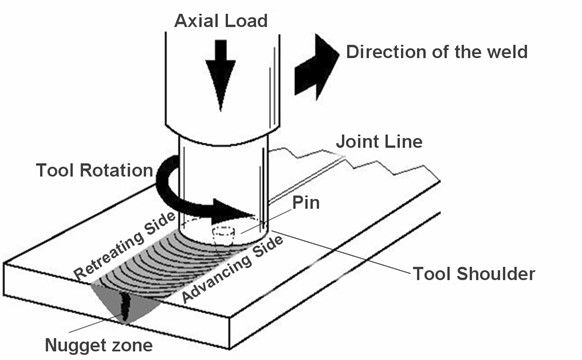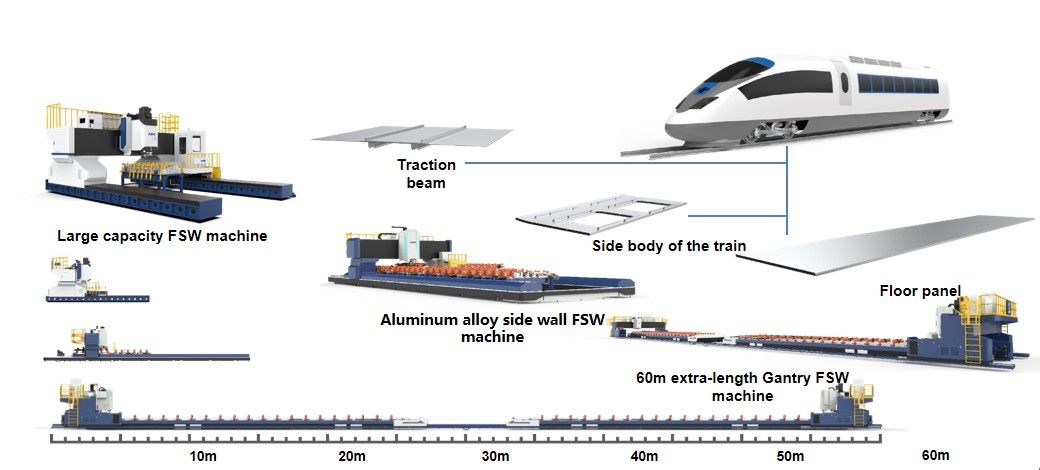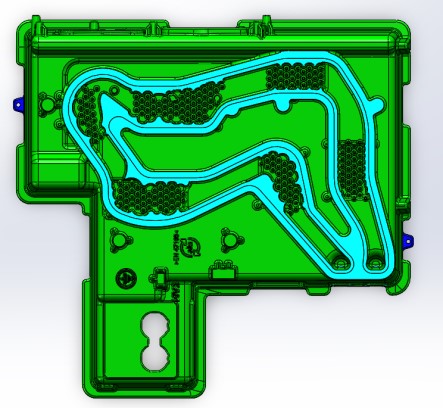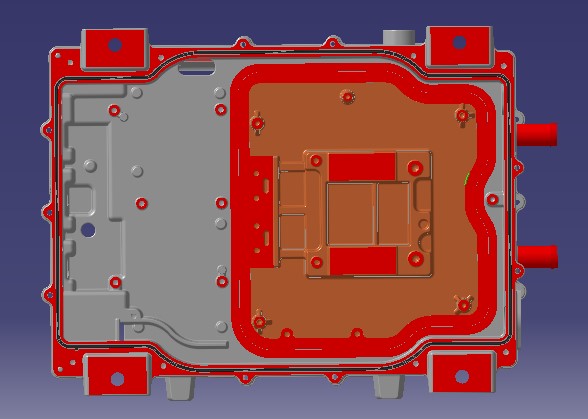FSW: A Superior Solution for Copper Alloy Joining in Industrial
Friction Stir Welding: A Superior Solution for Copper Alloy Joining in Industrial Applications
Copper alloys (e.g., Cu-Al, Cu-Zn, Cu-Sn) are critical materials in industries requiring high thermal conductivity, electrical performance, and corrosion resistance. However, traditional welding techniques like TIG or brazing often struggle with issues like porosity, oxidation, and inconsistent mechanical properties. Friction Stir Welding (FSW), a solid-state joining process, offers a robust alternative for copper alloy fabrication, particularly in applications such as heat exchangers, power systems, and electronic components.
1. Copper Alloy Properties and FSW Compatibility Copper alloys are prized for their:
(1) High Thermal Conductivity: Essential for heat sinks and cooling systems.
(2) Electrical Conductivity: Critical in power distribution applications (e.g., busbars).
(3) Corrosion Resistance: Ideal for aqueous environments (e.g., marine cooling plates).
2. Advantages of FSW for Copper Alloys
(1) Elimination of Melting: FSW uses frictional heat and mechanical stirring to bond materials without melting, preserving the inherent properties of copper alloys. This minimizes defects like voids and cracks, ensuring reliable joints for high-performance applications.
(2) Reduced Oxidation: The process operates under controlled atmospheres or with surface coatings, preventing copper oxidation—a common issue in arc welding.
(3) Consistent Mechanical Properties: FSW produces uniform grain structures, resulting in joints with strength comparable to the base material. For example, welded Cu-Al alloys exhibit enhanced fatigue resistance compared to brazed joints.
(4) Energy Efficiency: FSW requires less energy than conventional welding, reducing production costs and environmental impact.
(5) Complex Geometry Compatibility: The process easily joins thin sheets and dissimilar metals, enabling lightweight, intricate designs (e.g., 3D-printed copper components).

3. Industrial Applications of FSW in Copper Alloys
3.1 Heat Sinks and Cooling Plates Copper alloys are widely used in heat sinks for CPUs, GPUs, and industrial equipment.
FSW ensures:
(1) Seamless Integration: Eliminates leaks in liquid cooling systems by creating leak-proof joints.
(2) Improved Thermal Efficiency: Preserves copper’s high conductivity, enhancing heat dissipation rates.
(3) Thin-Wall Fabrication: Enables welding of 0.1–1 mm thick sheets commonly used in compact heat exchangers.
Example: Companies like Aavid Thermalloy use FSW to assemble aluminum-copper heat sinks, achieving 20% faster cooling compared to brazed alternatives.
3.2 Power Busbars Electric vehicles, renewable energy systems, and data centers rely on copper busbars for high-current transmission.
FSW benefits include:
(1) Reduced Resistance: Direct metal-to-metal bonds minimize contact resistance, improving energy efficiency.
(2) Mechanical Stability: Joints withstand vibration and thermal cycling better than soldered or bolted connections.
(3) Corrosion Resistance: FSW avoids corrosive fluxes used in brazing, extending service life in humid environments.
Example: In Tesla’s Superchargers, FSW-welded copper busbars reduce maintenance costs by eliminating solder fatigue failures.
3.3 Marine and Hydraulic Systems
Copper-nickel alloys are used in seawater piping and hydraulic components due to their corrosion resistance.
FSW ensures:
(1) Leak-Free Welds: Critical for underwater applications where even minor leaks can cause catastrophic failure.
(2) Resistance to Hydrogen Embrittlement: Solid-state joining avoids hydrogen absorption issues associated with fusion welding.
Example: Shipbuilders like Meyer Werft employ FSW to weld copper-aluminum seawater heat exchangers, reducing repair frequencies in marine environments.
4. Future Trends
Sustainability Goals: Reduced energy consumption and waste generation align with green manufacturing mandates.
Advanced Materials: Hybrid composites (e.g., copper-graphene) are being welded using FSW to exploit their unique properties.
Automation: Robotic FSW systems (e.g., those developed by **Suzhou Aerospace Engineering Equipment Co., Ltd, portrayed in previous examples) enable high-throughput production for large-scale industries.
5. Conclusion
Friction Stir Welding has emerged as a transformative technology for copper alloy joining, offering unmatched advantages in terms of quality, cost, and performance. From heat sinks to power grids, its ability to preserve material properties while enabling complex designs makes it indispensable for industrial innovation. As industries continue to prioritize efficiency and reliability, FSW will remain a cornerstone of advanced manufacturing.





